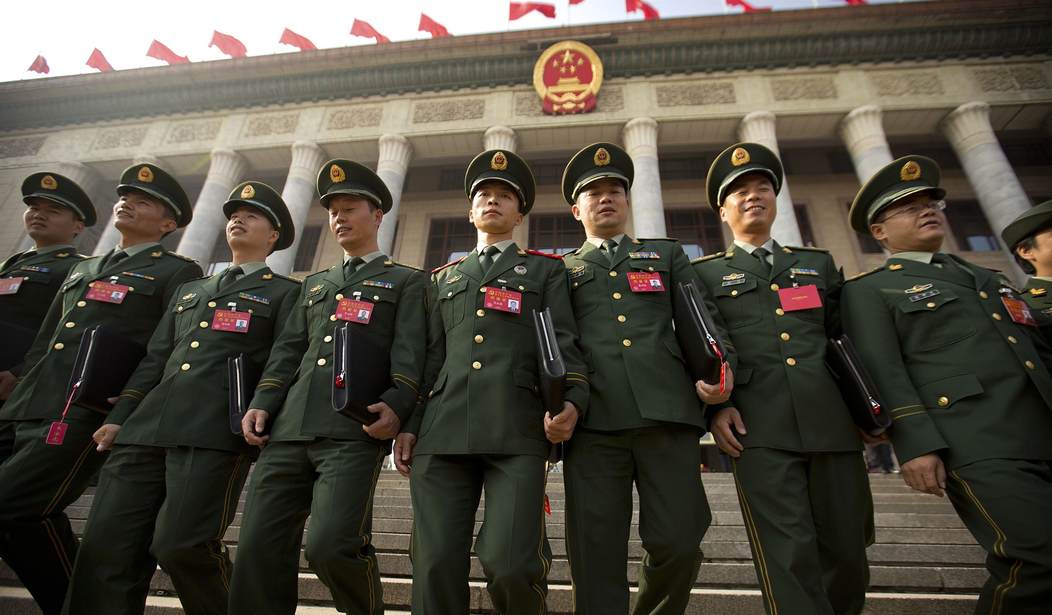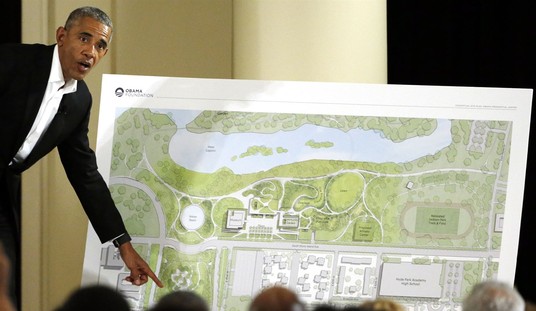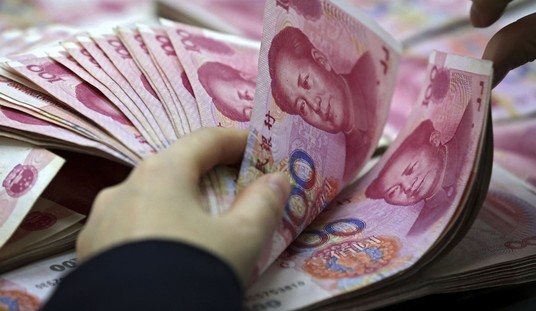A casual glance might make you think Communist China is sitting on top of the world these days, but I’m here to tell you that ain’t necessarily so.
The mainland Communist Chinese government certainly appears strong from the outside, but appearances can be deceiving — an illusion Communist Party boss Xi Jinping counts on his victims to believe as he bullies his way past the End of History.
(This is the first of a two-part essay.)
Let’s look at Beijing’s strategic positing, moving clockwise around their periphery, starting at 12 o’clock.
• Communist China’s northern border features tiny Mongolia and Russia’s virtually depopulated Siberian oblasts.
• Furthermore, Beijing enjoys something of an entente cordiale with Vladimir Putin’s kleptocracy in Moscow. Xi and Putin might not quite be allies, but they share a mutual disdain for the West.
• Japan was a once-fearsome historical rival, now beaten into a meek pacifism, whose maritime trade-based economy could be shut down by the growing strength of the PLA Navy and Air Force.
• The Philippines is ruled by a crazy thug with a man-crush on Xi.
• Vietnam is a tough customer, but too small to be a threat by themselves.
• Burma — er, Myanmar — remains a mess, but relations are generally solid.
• India has shown in recent weeks trouble even defending their mountainous border with Mainland China.
• The Central Asian republics are just less-dependent versions of China’s Muslim-majority Xinjiang, and can probably be brought to heel (perhaps with revanchist Russian help) should the need arise.
• Buffering all that is Xi’s trillion-dollar Belt and Road Initiative, which should someday soon bind nearly all of Asia and Africa (and possibly even the cowering Europeans) to Beijing in a web of infrastructure and corresponding debt traps.
Then there’s the Big Rival: The United States of America, wracked by disease and political uncertainty (to put it mildly), and thoroughly infiltrated by Chinese agents, money, and influence.
Internally, Communist China has gone from heartbreaking poverty to the world’s high-tech (hell, low-tech, too!) manufacturing hub. Its burgeoning middle class is already larger than the entire population of the United States, around 400 million strong.
China’s engineering schools, which basically didn’t exist a generation or two ago, are now some of the best in the world — taught by top Chinese graduates of our own universities.
The PLA Navy has more ships than the U.S. Navy does, and is growing far faster. The PLA Army is the largest in the world — and modernizing. The PLA Air Force is fielding stealth jets and bombers. China is building up its nuclear force, too.
As I said, from the outside Communist China looks to be sitting on top of the world — the Middle Kingdom to which everyone kowtows, once more.
But as my Instapundit colleague, noted military and historical writer Austin Bay, noted earlier this week for Strategy Page, Xi and his ruling Communist Party are “snared in a multidimensional war.”
Austin writes:
Recent economic news suggests China is teetering. A China-EU investment and trade deal has snagged. Bloomberg reported defaults “in all sectors” of China’s offshore bond market have exceeded $4 billion, double that during the same period of 2019. First-quarter 2020 percentage profits, capital expenditures and retail sales may be the lowest since the 1990s.
Big Picture: The goodie-producing economic engine that braces the CCP’s domestic political strategy needs international markets. China’s domestic economy can’t sustain it.
CCP international aggression magnifies the vulnerabilities. Recent vile aggression abounds. But call my choices cherry-picking and I’ll call you a bribed media propagandist.
There’s much more at the link, and I can’t recommend too highly that you click over and read the whole thing.
My impression is that Xi is acting like a man who knows he and his Communist Party might have a limited window of opportunity to cement in a Greater China before systemic weaknesses fatally wound the Communist regime.
The latest example of just that perhaps is China’s invasion of… Nepal?
Yes, tiny Nepal, wedged in between China and India high in the Himalayas. This story has gained hardly any attention in the press, which isn’t strange when you consider just how addicted our infotainment industry is to Chinese dollars.
Nevertheless, Communist troops invaded Nepal and annexed a village there — even though Nepal is governed by a friendly Communist Party of its own.
Daily Times reports:
China has occupied a village of Nepal and allegedly removed the boundary pillars to legitimise its annexation, top government sources revealed. The latest in the line is Rui village in Gorkha district, which is now in total control of China.
This was after Nepal issued renewed claims on Indian territory, a move apparently aimed at pleasing Beijing. But maybe nothing will please Beijing short of “Tibetization” of Nepal.
In a column headlined “Is Nepal going the Tibet way?” Indian Major General Mrinal Suman writes:
Signs are ominous. Nepal is certainly going the Tibet way, but with a fundamental difference. Tibet was militarily annexed in 1950 and close to one million Tibetans have been killed by the Chinese to suppress their demand for freedom. In the case of Nepal, self-serving politicians are handing over the country to China on a platter. Nepal is being economically, politically and culturally colonised.
Next up, Burma, Bhutan, and eastern India?
As PJ Media’s own Bryan Preston asked our VIP supporters earlier this month: “Why Is China Acting Against India, Hong Kong, the South China Sea, and Taiwan All at Once?”
War is a test of wills. While China’s actions have not sparked war yet, any or all of them could. China is not behaving as if any or all of the possible consequences for its actions, including war, are of any great concern. It’s behaving as if it simply does not know how to behave, but this is a calculated stance. Some of China’s actions may be mere distractions from its true goal. It’s clearly testing the world’s will over Hong Kong. A war with India is less likely to trigger U.S.-led military reaction than assaulting Taiwan would.
China’s multi-front belligerence suggests some possibilities: that China believes it is strong enough to handle major conflicts on multiple fronts now in relation to any of its potential adversaries; it believes it has a very short window during which it has the relative strength and opportunity act without triggering severe consequences; or it believes the U.S. and its allies (and India) lack the will to stop it.
If it’s the first possibility, then Xi is a madman on par with Hitler in September of 1939, which seems unlikely. The best guess then is a combination of the second two, with Xi seeing a short window of opportunity while counting on Western and Indian fecklessness.
On the other hand, that was Hitler’s gamble right up until Britain and France declared war over Poland. Six years and tens of millions of lives later, Hitler’s dreams of a Thousand Year Reich lay in the rubble of what once was Europe’s mightiest industrial nation.
With smart policy and perhaps a bit of luck, we’ll avoid another such global drama.
To see why, read the second part of this essay: “The New Cold War: Assessing China’s True Weaknesses.”










